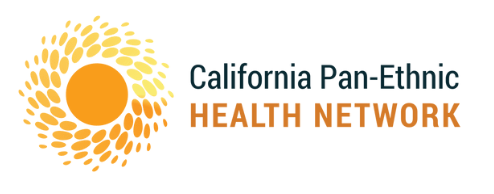California Pan-Ethnic Health Network
For Immediate Release
October 26, 2021
Contact: Monika Lee, (858) 353-7271
Sacramento, CA – The California Pan-Ethnic Health Network released Nothing About us Without Us on the use of area-based social indices, their benefits and limitations, and recommendations for decisionmakers when considering the use of these tools to advance equitable solutions.
Using California’s COVID-19 response as a case study, the report looks into the intentions and outcomes of using the Health Equity Metric in the state’s Blueprint for a Safer Economy as well as the use of a custom Vaccine Equity Metric in determining vaccine allotment to the hardest hit areas. The report finds that despite an intention or goal of equity, indices alone were not enough to address avoidable and unjust health outcomes.
“This report further drives the mission of public health researchers and anyone working with data to look beyond area- or geography-based factors, as these only capture a small snapshot of what’s truly going on, and the need to focus on the multidimensional ways in which community health is impacted. As the study underscores, research and data collection must be informed by principles of racial equity and stakeholder participation,” said Ninez Ponce, director of the UCLA Center for Health Policy Research.
The report underscores area-based social indices are not and should not be a stand in for equity. Indices do not always necessarily include disaggregated race/ethnicity data and also are challenged by consequences of historic and persistent systemic racism like redlining. For example, indices miss smaller communities or dispersed communities, including American Indian, Alaska Native, Native Hawaiians, Pacific Islanders, and some Asian American subgroups, people with disabilities, and LGBTQ+ people.
“While these indices are an exciting part of a toolkit for racial and health equity, to be most successful they must directly address the underlying causes of structural racism, discrimination and biases,” write the report authors.
Indices, due to various limitations in their creation and use, should not be a replacement to authentic and intentional engagement with, and investment in, impacted communities and stakeholders throughout all phases of planning, implementation, and evaluation.
###
